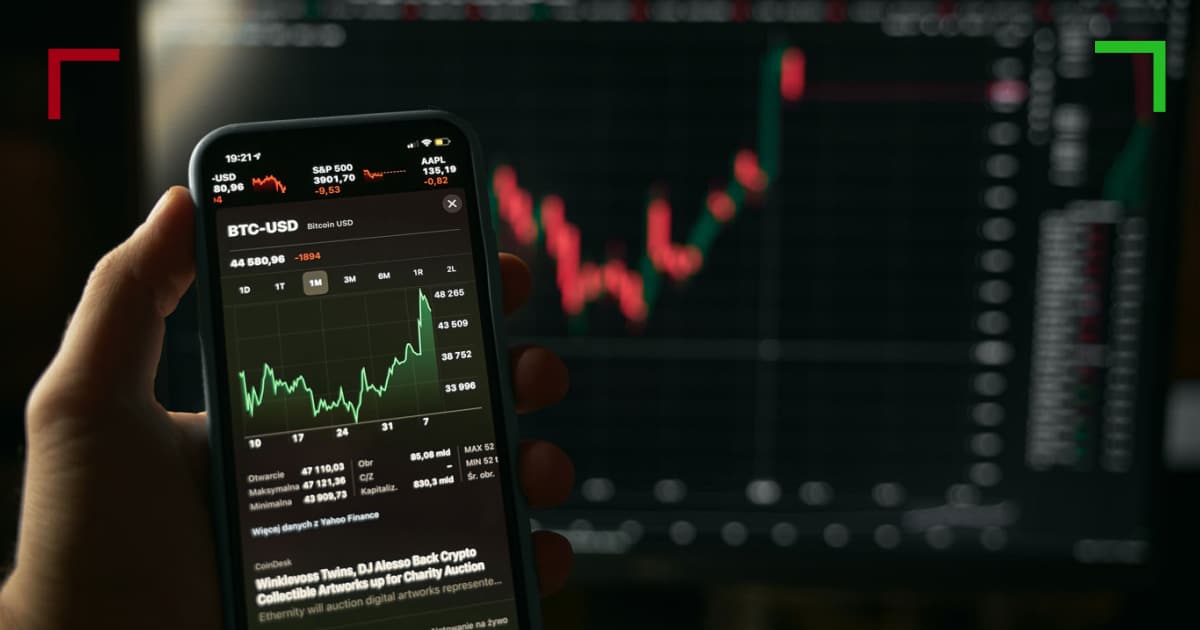Understanding the Fundamentals of Crypto Trading Charts

Understanding Crypto Trading Charts
In the fast-paced world of cryptocurrency trading, Crypto Trading Charts click here professionals and newcomers alike must grasp the vital tools for success. One of these essential tools is the crypto trading chart. By visualizing price movements and market trends, traders can make informed decisions and optimize their strategies. This article dives deep into the various aspects of crypto trading charts, demystifying their components, and explaining how to utilize them to enhance trading performance.
What Are Crypto Trading Charts?
Crypto trading charts are graphical representations of the price movement of cryptocurrencies over time. They display historical and current prices, allowing traders to visualize how the market has behaved and predict future movements. Understanding these charts is crucial for making informed trading decisions, as they provide insights into market trends, patterns, and volatility.
Types of Crypto Trading Charts
There are several types of charts used in crypto trading, each with its unique features and applications. The most common types include:
1. Line Chart
The line chart is the simplest type of trading chart, connecting a series of price points with a single line. This method provides a clear, straightforward view of price movement over time, making it suitable for beginners. However, line charts can hide essential details, such as trading volume and price volatility.
2. Bar Chart
Bar charts provide more information than line charts by displaying four essential price points: the opening, closing, highest, and lowest prices over a specific time period. Each bar represents a certain period (e.g., minutes, hours, days). This format allows traders to assess the price action and volatility more effectively, but it can be more complex for novices to interpret.
3. Candlestick Chart
Candlestick charts offer an advanced way to visualize price movement. Similar to bar charts, they display opening, closing, highest, and lowest prices, but they present the data in a distinct, color-coded format. A green (or white) candlestick indicates that the price closed higher than it opened, while a red (or black) candlestick signifies a lower closing price. This visual representation not only helps traders understand current price action but also identify market trends and signals.

Key Elements of Crypto Trading Charts
To effectively interpret crypto trading charts, traders must understand several key elements:
1. Timeframes
Timeframes represent the period for which the chart displays price action. Common timeframes include 1-minute, 5-minute, hourly, daily, and weekly charts. Each timeframe presents a different perspective on market movements, influencing trading strategies and decisions. Shorter timeframes can provide quick insights for day traders, while longer timeframes are better suited for those adopting a more long-term approach.
2. Volume
Volume is a crucial indicator of market health and activity. It represents the total number of units traded within a specific timeframe. High volume often indicates strong interest and can reinforce price movements, while low volume may suggest weakness or indecision. Traders should always consider volume alongside price movements to validate trends and signals.
3. Trend Lines
Trend lines are straight lines drawn on the chart that connect either successive highs or lows, indicating the general direction in which the price is moving. They help traders identify bullish (upward) or bearish (downward) trends. Recognizing trend lines can aid traders in making decisions regarding entries and exits in the market.
Technical Indicators
Technical indicators are mathematical calculations based on price, volume, or open interest that traders use to forecast future price movements. Some popular indicators include:
1. Moving Averages
Moving averages smooth out price data over a specific period, helping traders identify trends. The two most common types are the Simple Moving Average (SMA) and the Exponential Moving Average (EMA). Traders often use crossover strategies, where buy or sell signals are generated when a short-term moving average crosses a long-term moving average.
2. Relative Strength Index (RSI)

The RSI is a momentum oscillator that measures the speed and change of price movements. It ranges from 0 to 100, indicating overbought (above 70) or oversold (below 30) conditions. Traders use the RSI to identify potential reversal points in the market.
3. Bollinger Bands
Bollinger Bands consist of a middle band (SMA) and two outer bands representing standard deviations from the average. This tool helps traders identify volatility and price levels. Prices reaching the upper band may signify an overbought condition, while prices touching the lower band may indicate oversold conditions.
Reading and Analyzing Crypto Trading Charts
Reading and analyzing crypto trading charts effectively requires practice and experience. Here are some tips for getting started:
1. Start with Basic Patterns
Familiarize yourself with basic chart patterns such as head and shoulders, double tops and bottoms, flags, and triangles. Recognizing these patterns can give traders insights into potential future price movements.
2. Utilize Volume Analysis
Always consider trading volume in conjunction with price movements. Confirm trends and signals by checking if they align with high or low volume. A price movement accompanied by high volume is more likely to be sustainable.
3. Combine Indicators for Confirmation
Use multiple indicators to confirm trades rather than relying on one alone. Combining trend lines, moving averages, and momentum indicators can help validate your analysis and improve your success rate.
Conclusion
Understanding crypto trading charts is essential for anyone looking to succeed in the cryptocurrency market. By grasping the different types of charts, key elements, and analytical techniques, traders can enhance their ability to make informed decisions and optimize their trading strategies. With practice, patience, and continuous learning, mastering crypto trading charts can lead to improved trading performance and increased profitability.
